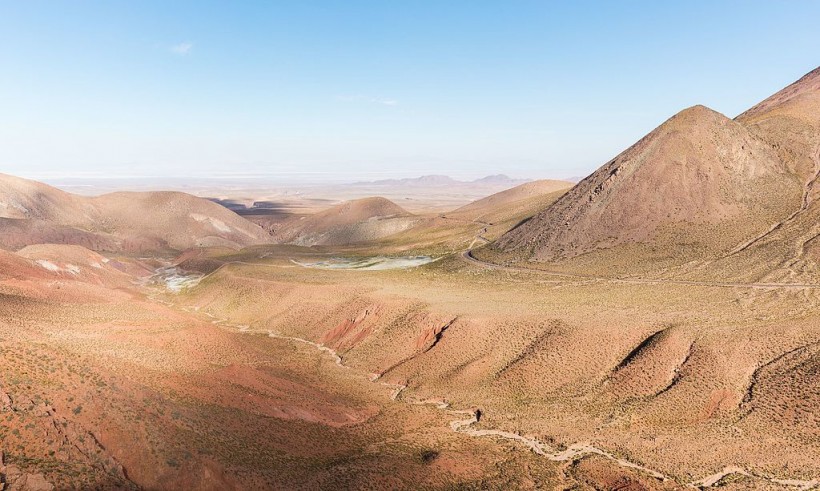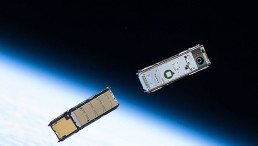The Earth possesses the conditions needed to sustain life, yet places on our planet are too hostile for living organisms. Some extremophiles can survive in extreme environments such as high temperatures and pressures.
Hidden World of Bacteria
New research has found a rich microbial biosphere buried 13 feet (4 meters) beneath the hot surface of the Atacama Desert in Chile. A team of researchers discovered a resilient group of bacteria thriving in the extreme bone-dry Yungay Valley. This microbial community is completely isolated from the surface world.
The researchers' findings represent the deepest microbial survey and discovery of microbial life in Atacama soil.
Higher forms of life struggle to survive in the super-arid conditions in the Atacama Desert. Meanwhile, despite the rough environment, microbial life thrives in the salty and sulfate-rich soil in the desert. Such conditions offer a unique environment for some types of microorganisms to live.
Microbes have been previously documented in the desert region as deep as 2.6 feet (80 centimeters). According to the experts, the first 80 centimeters of soil are believed to be a possible refuge from harsh UV light and a good place for water.
Still, experts have wondered if the microorganisms can survive in deeper soil layers. Dirk Wagner and colleagues gathered deep subsurface soil samples from the Yungay Valley portion of the Atacama desert to find out. They used a new extraction method to ensure that the recovered DNA came from living organisms.
The research team discovered that microbial life extends from depths of 6.6 feet (2 meters) to at least 13 feet (4 meters) deep down below the surface of the desert. In the upper 2.6 feet (80 centimeters) of playa sediments, firmicute phylum microbes were prevalent. Below 6.6 feet, the scientists observed a distinct microbial population dominated by Actinobacteria.
In addition, the researchers discovered bacteria from the phylum Firmicutes that are resistant to high salt content and can thrive in less oxygen. Actinobacteria live in harsh environments, including the Arctic and other salty habitats.
READ ALSO: Desert-Dwelling Bacteria Used in Oxygen-Producing Biocoating Could Be Key to Making Mars Habitable
Surviving the Hostile Environment
Extreme desert environments harbor microbial life despite being characterized by some of Earth's harshest and most life-threatening conditions. They even represent unique ecosystems that exhibit exceptional resilience to endure.
Microorganisms are the primary and often only biological component in these environments. They also drive major ecological functions like soil formation, nutrient cycling, and water preservation, often without significant moisture input from precipitation.
This applies especially to the Atacama Desert, which covers an area of 40,540 square miles (105,000 kilometers) in northern Chile. It is famous for being the world's driest scorching desert, with life seeming implausible as the Sun beats down fiercely. Because of the harsh environmental conditions in the area, the processes of soil formation significantly differ from those observed in other regions of the Earth.
Since higher life forms are largely absent, the hyperarid soils are mainly dominated by bacteria. These soils are home to diverse taxa from phyla like Actinobacteriota, Firmicutes, Chloroflexi, Proteobacteria, and Acidobacteriota.
RELATED ARTICLE: Chile's Atacama Desert Used As Analog for Martian Environment; What Makes This Region Extremely Dry?
Check out more news and information on Bacteria in Science Times.













![Venus Lost Water and Dried Out Due to Chemical Reaction HCO+ Dissociative Recombination [Study]](https://1721181113.rsc.cdn77.org/data/thumbs/full/53493/258/146/50/40/venus-lost-water-and-dried-out-due-to-chemical-reaction-hco-dissociative-recombination-study.jpeg)

